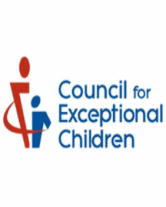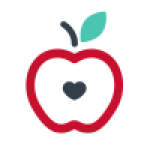Big Ideas
The first and most essential adaptation is determining what information is most critical for students to learn and adjusting the instructional emphasis of the program. These instructional priorities are big ideas. For students in general and students with disabilities in particular, the sheer amount of information in the general education curriculum imposes extraordinary demands on learning. The growing amount of information to be learned is a heavy pressure on educators.As Longstreet and Shane (1993) reported in their book Curriculum for a New Millennium, it is estimated that by the late 1990s the quantity of available information will double every 24 months. In effect, this means that learners in today's schools will be exposed to more information in a year than their grandparents were in a lifetime.
Although educators cannot make major overhauls in instructional materials, they can (a) identify big ideas and (b) evaluate lessons to determine the degree of adaptation necessary to ensure adequate instruction and practice of those big ideas.
Approach
To determine the big ideas in a subject, educators must rely on two primary sources: (1) the curriculum content standards of their respective educational agency and (2) research-based areas of convergence. It is not teachers' responsibility to identify big ideas, but it is their duty to be thoroughly familiar with the skills, strategies, and knowledge that students are expected to demonstrate at specific grades.
For example, in the area of beginning reading there are clear and consistent skills students should accomplish in their development of beginning reading (Committee on the Prevention of Reading Difficulties in Young Children, 1998).
By the end of first grade, students should be able to segment three- to four-phoneme words auditorily, read three- to four-letter regular words accurately and fluently, answer literal comprehension questions, and retell simple stories including basic elements of story grammar.
Once the big ideas or instructional priorities are identified, an analysis must be conducted of the alignment between learning expectations and the quality and quantity of instruction and practice in the instructional materials.
Essentially, the focus of the analysis is this: Will the instruction and practice of the curricular materials result in students being able to demonstrate the target skill or strategy? To answer this question, select a representative lesson from a curricular program and consider the evaluative questions when evaluating or adapting curricular materials.
Evaluative Questions
- Quantity of objectives: How many objectives are introduced in the lesson?
- Coverage: Is the number of objectives reasonable for the full range of learners?
- Importance: Rate each objective. Are they central and fundamental to later learning?
- Time: How much time do you devote to the most important objectives?
*Excerpted from Toward Successful Inclusion of Students with Disabilities: The Architecture of Instruction by Edward J. Kameenui, and Deborah Simmons(1999).
Return to Design Principles







